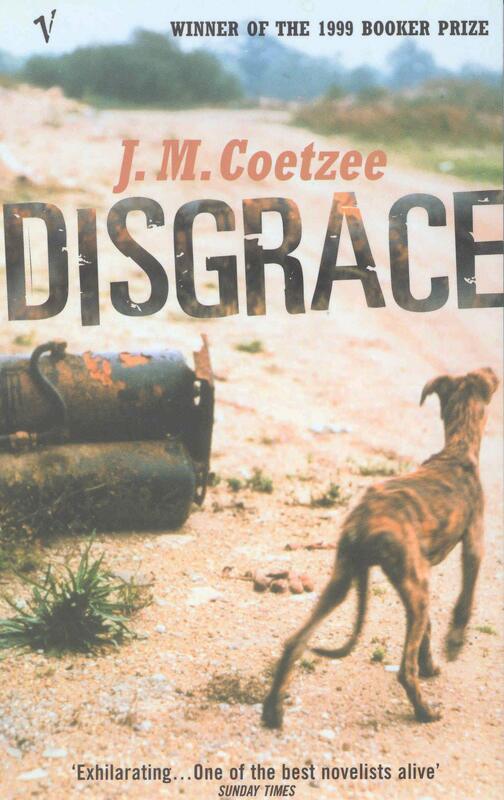Lurie is a repellent but fascinating character. He is unrepentant of his relationship with a student, looks down on his daughter for her life choices, and is a cultural snob. In the liberal culture of the university, he’s a dinosaur, and in many ways his days were numbered. However, Coetzee draws out his nuances and complexities so that we as readers are able to understand and even sympathise with him, especially as he is changed by experiences on his daughter’s ranch.
The 1990s marked the end of apartheid in South Africa, and this historical shift is one of the novel’s central concerns. Lurie moves from the affluent, urban, predominantly white Cape Town to the impoverished, rural, predominantly black Eastern Cape, which sets the tone of the conflict to come. While race isn’t by and large addressed explicitly, it’s Lurie’s whiteness that sets him out in his new surroundings. What Coetzee does address is gender, drawing parallels between Lurie’s own mistreatment of women and the black youths who attack the smallholding. It’s a disquieting portrait of how power relations intersect and the many different forms oppression can take.
Coetzee’s prose is understated and exact, lending a quiet weight to this seemingly small-scale story that gives it palpable dramatic force. There’s a simplicity to it that belies the novel’s complex themes. The technical assurance on display is seriously impressive, undoubtedly contributing to his subsequent awarding of the Nobel Prize for Literature. All things considered, it’s incredible that the book is only 220 pages.
Though Disgrace is a quick read, it’s not an easy one. There’s a sense of creeping horror as Lurie’s life unravels, building up to the low-key but disturbing ending. It’s a book about social change, history, justice, and the growing irrelevance of men like Lurie to society at large. Having been less than impressed with the previous Coetzee I’d read, Elizabeth Costello, I can confidently say it’s restored my faith in him as a writer, and I’m now keen to read more of his work. I don’t recommend it if you’re looking for a light read, but if you like your postcolonial literature challenging, believable, and rewarding, it’s a must.
Review by Charlie Alcock

 RSS Feed
RSS Feed
